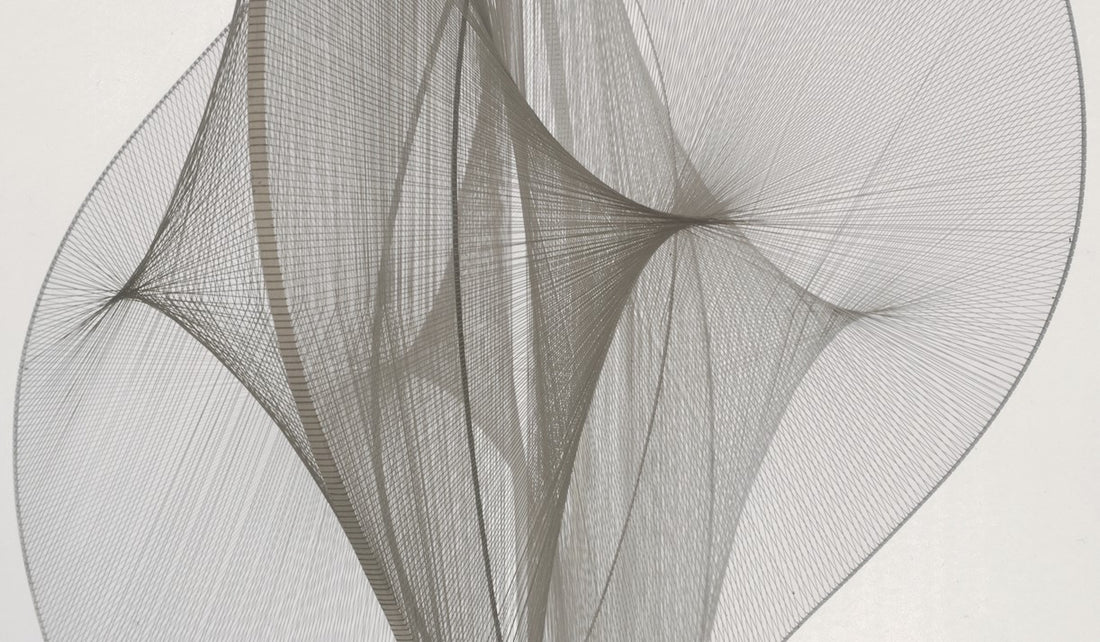
Naum Gabo

Image: Linear Construction No. 2, Naum Gabo, 1970, The Work of Naum Gabo © Nina & Graham Williams / Tate, 2019.
Tate St Ives will reopen on 27 July and has extended the run of its exhibition of constructivist Naum Gabo's work until September. An extensive presentation of the artist’s sculptures, paintings, drawings, and architectural and public projects, it is the UK’s first large-scale Gabo exhibition in more than 30 years and marks the centenary of his Realistic Manifesto 1920, a seminal proclamation of the modernist era.
It is a rare opportunity to see the full scope of Gabo’s interdisciplinary work and offers a fresh perspective on his ground-breaking experiments that made time, space and synthetic materials the key building blocks of modernist art practice. The development of those ideas is shown through Gabo’s innovative use of plastic in sculpture and stage design, his activation of abstract forms in time-based art, and his painting and prints.

Image: Construction in Space with Crystalline Centre, Naum Gabo, 1938–40 The Work of Naum Gabo © Nina & Graham Williams / Tate, 2019
Gabo was born in Russia and travelled across western, eastern and northern Europe, residing finally in the United States. A truly transnational artist, he worked closely with key artists and thinkers of the avant-garde – Kazimir Malevich and Wassily Kandinsky in Russia, Sergei Diaghilev and Antoine Pevsner in France, Hans Richter and El Lissitzky in Germany, Ben Nicholson and Barbara Hepworth, Henry Moore and Herbert Read in Britain. He was involved in the teaching and publications of seminal avant-garde schools and groups – constructivists Vkhutemas in Russia and Bauhaus in Germany, Abstraction-Création in France and the Hampstead and St Ives artist communities in Britain – greatly contributing to the formulation and dissemination of modernist ideas and principles.

Image: Head No. 2 1916, enlarged version 1964. The Work of Naum Gabo © Nina & Graham Williams / Tate, 2020. Photo © Kirstin Prisk.
Gabo’s commitment to the social mission of artistic creativity meant that he strived to bring art closer to everyday life. He saw contemporary practice as central to building a new society through architecture, public art, film and theatre and the exhibition includes Gabo’s original designs and models for Diaghilev’s radical Ballets Russes production of La Chatte in 1927, along with a video recording of the reconstructed performance.
For more information visit www.tate.org.uk.

